Review
Renault has been on a real roll in recent times, with cars such as the Megane E-Tech and Scenic impressing, while the noise surrounding the upcoming 5 is almost deafening.
One new model which has perhaps flown under the radar this year has been the Rafale coupe SUV.
In early summer we drove the models with the E-Tech hybrid powertrain - a 1.2-litre turbocharged petrol engine with two electric motors and a 2kW battery – and now we’ve got behind the wheel of the range-topping E-Tech 4x4 300PS plug-in hybrid.
This has a 22kWh battery providing an electric-only range of up to 65 miles and CO2 emissions of 12g/km to put it in the 8% benefit-in-kind tax bracket. Charging the battery from empty to full takes just under three hours from a 7.4kW AC charger.
The changes go much deeper than the powertrain, however. Two trim levels are available – Techno Alpine and Atelier Alpine – and, as well as being four-wheel drive, both feature four-wheel steering.
Atelier Alpine adds a chassis and agility control system develop by Alpine Cars, as well as a self-adjusting smart suspension with a camera for predictive control.
The extra power and technology is reflected in increased P11d prices – Techno Alpine costs from £45,695 and Atelier Alpine from £49,695 – with Renault identifying the Mazda CX-60, Volvo XC60 and Toyota Rav-4 as direct rivals.
These are all SUVs with more traditional body styles. A question this poses is: how does the sleek Rafale SUV coupe compare from a practicality point of view? After all, this is a key characteristic for this type of vehicle.
The answer is well. Interior space for passengers is impressive, with plenty of room in particular in the back. Rear-seat passengers can also take advantage of the Ingenious folding rear armrest, which features swivelling arms and fold-out stands for devices, as well as charging ports.
Its spaciousness is helped by the deceptively large footprint of the car. At 4,710mm long – with a wheelbase of 2,738mm – it is just 2mm longer than the imposing XC60.
However, it is around 70mm lower, which enables the Rafale to have more of a saloon-like driving position.
The battery is located under the floor which means there is no reduction in boot space compared to its hybrid sibling, meaning it sits at 539 litres.
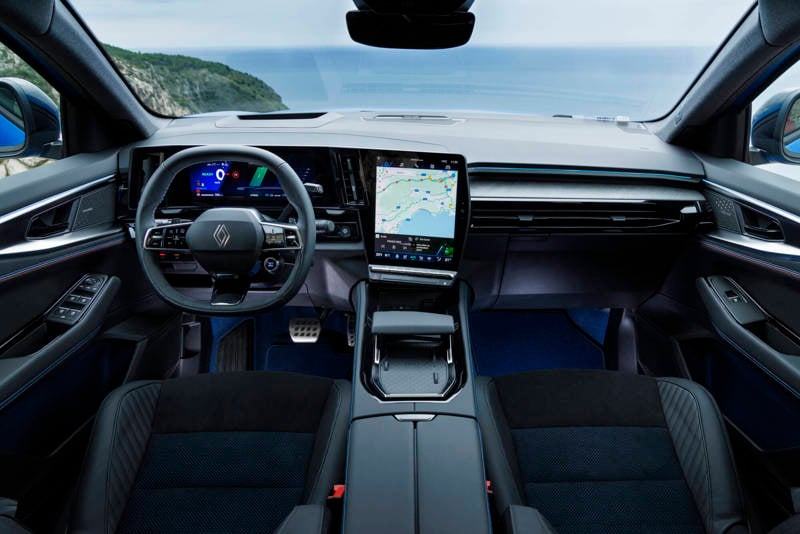
When you get behind the wheel, its clear that the step up in interior design and quality seen in recent new Renaults is carried over here.
The perceived quality of materials and build is impressive, while the graphics and user experience of the infotainment system touchscreen makes it simple to navigate and use, while the rest of the cabin also meets – given the quality of Renault’s recent products – pretty high expectations.
The infotainment touchscreen is angled towards the driver as part of a ‘wraparound’ cockpit, which also features a 12.3-inch driver information display. A 9.3-inch head-up display provides key driving information on to the windscreen in the driver’s sight-line.
One minor irritation is the number of stalks behind the steering wheel. In total there are four, with three on one side, which seems unnecessarily complicated.
Standard equipment on Techno Alpine includes 20-inch diamond cut alloy wheels, openR link infotainment system, matrix LED vision headlights, automatic headlights and windscreen wipers, dual-zone air-conditioning, heated front electrically-adjustable seats and heated windscreen and steering wheel.
Atelier Alpine adds 21-inch alloy wheels, a 360-degree around view 3D camera, electric power hands-free boot opening, heated electric folding door mirrors, hands-free parking and a Solarbay opacifying panoramic sunroof.
Standard safety equipment on both equipment grades includes blindspot warning, lane departure warning with emergency lane keep assist including solid line, oncoming traffic and road edge detection, active driver assist with adaptive cruise control, and rear cross-traffic/pedestrian alert.
We drove the top-of-the-range Atelier Alpine and, on the road, its powertrain provides a decent amount of acceleration – the 0-62mph sprint can be achieved in 6.4 seconds says Renault – with the power generally delivered smoothly.
The gearbox can be hesitant at times under hard acceleration, but it’s not overly unpleasant and wouldn’t be an issue in everyday driving.
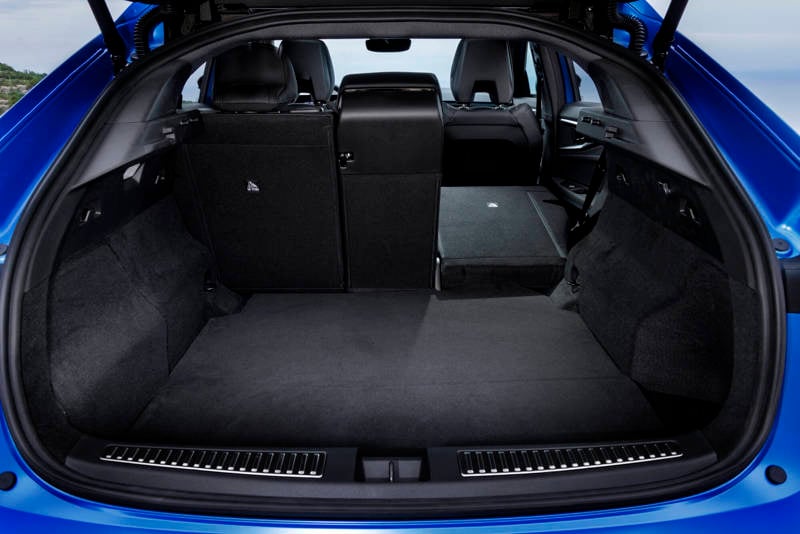
The four-wheel steering system features a rear axle that can turn up to five degrees at low speeds to increase manoeuvrability, while at 31mph or above the rear wheels follow the direction of the front wheel for improved stability.
This has the desired outcomes – despite its size, the Rafale has the same turning circle of 10.4m as its Clio supermini stablemate, while at higher speeds it holds its line around corners easily.
There’s a nice weight to the steering and the ride strikes a decent balance between comfort and sportiness. It maybe doesn’t have the dynamic ability to compete with some of the better sports saloons out there, but it does make it an excellent long-distance cruiser.
All-in-all, it’s an impressive package. Although the coupe SUV is still a niche sector, for a company car driver who needs the people-carrying practicality of an SUV but still wants to have a sleek coupe with a sporting drive, the Rafale should tick all the boxes.
Specs
| Manufacturer | Renault |
| Model | Rafale Estate |
| Specification | Renault Rafale Estate E-Tech PHEV Techno Esprit Alpine AWD 5dr Auto |
| Model Year | 2026.00 |
| Annual VED (Road tax) | £110 |
| BIK List Price | £45,530 |
| Range | 65.00mile(s) |
| CO2 | 12g/km |
| BIK Percentage | 9% |
| Insurance Group | N/A |
| CC | 1,199 |
| Fuel Type | Petrol Parallel PHEV |
| Vehicle Type | Medium SUV |
| Luggage capacity (Seats up) | 465litres |
| Doors | 5 |
Running Costs
| P11D | £45,530 |
| Cost per mile | 46.59ppm |
| Residual value | £20,350 |
| Insurance group | N/A |
| Fuel Type | Petrol Parallel PHEV |
| Cost per mile | 150.10ppm |
| Fuel | 1.11ppm |
| Depreciation | 145.85ppm |
| Service maintenance and repair | 3.14ppm |
Rivals
Info at a glance
-
P11D Price
£45,530
-
MPG
564.9 (WLTP) -
CO2 Emissions
12g/km -
BIK %
9% -
Running cost
3 Year 60k : £20,350 4 Year 80k : £16,525 -
Fuel Type
Petrol Parallel PHEV -
Range
65.00mile(s)

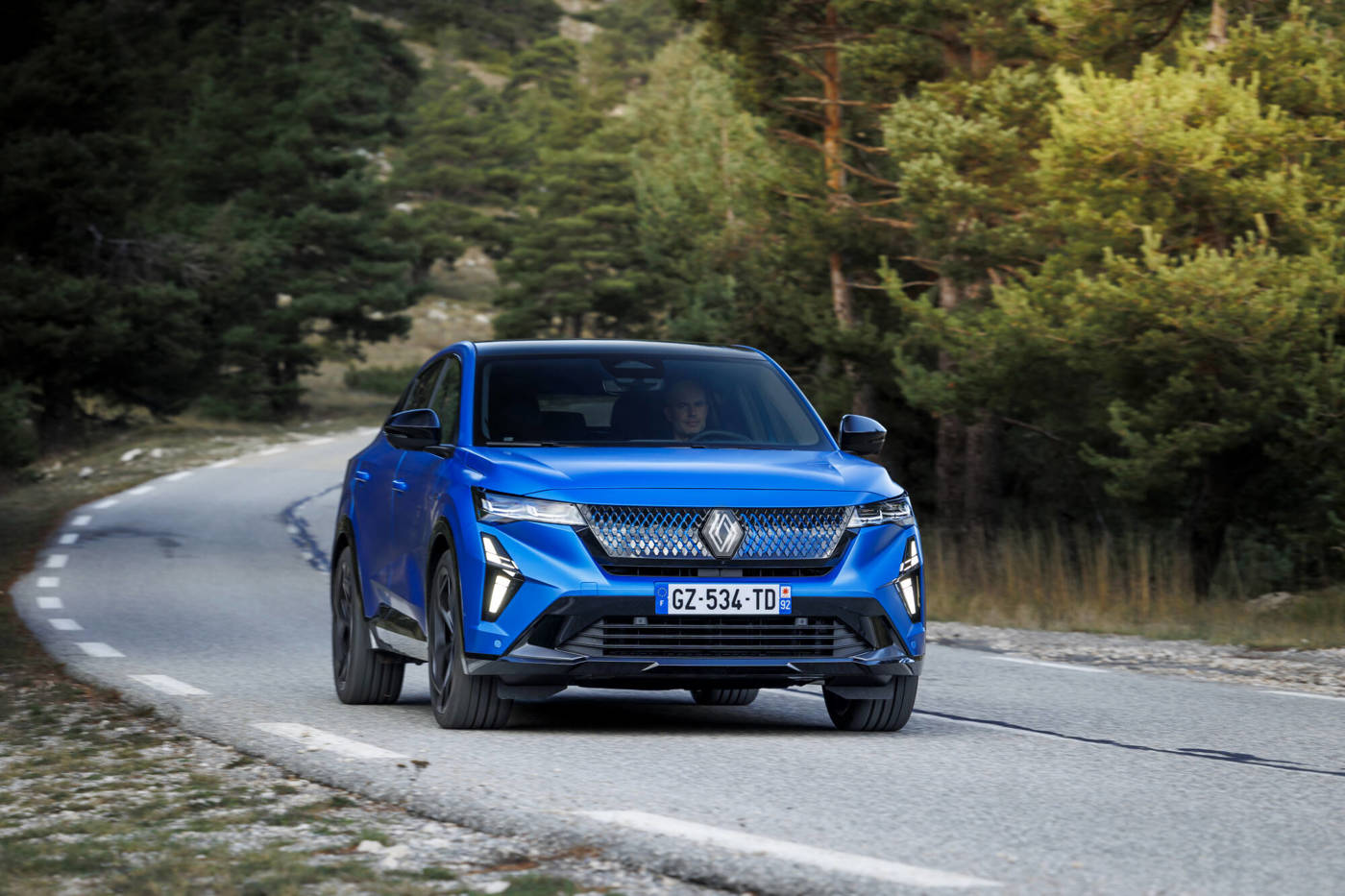
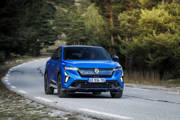
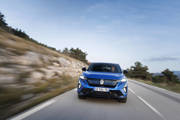

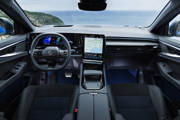
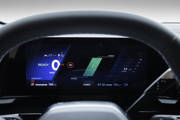
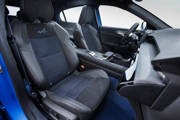
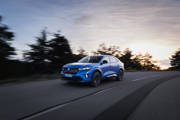
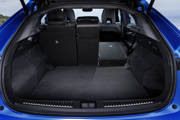



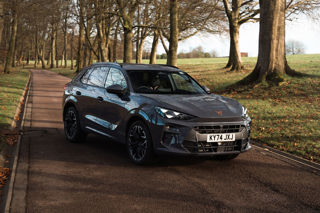
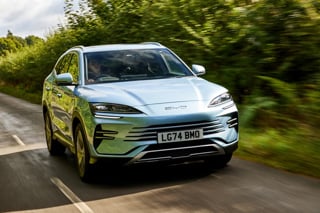
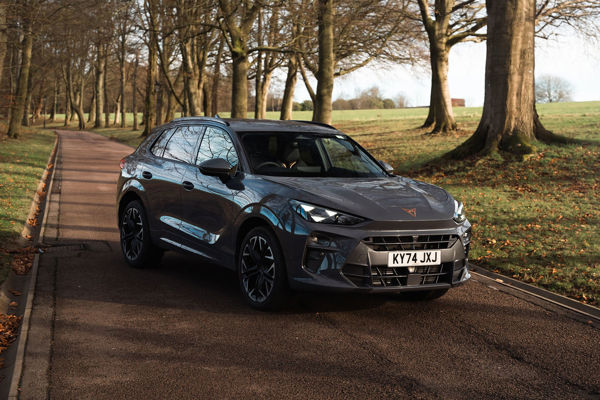
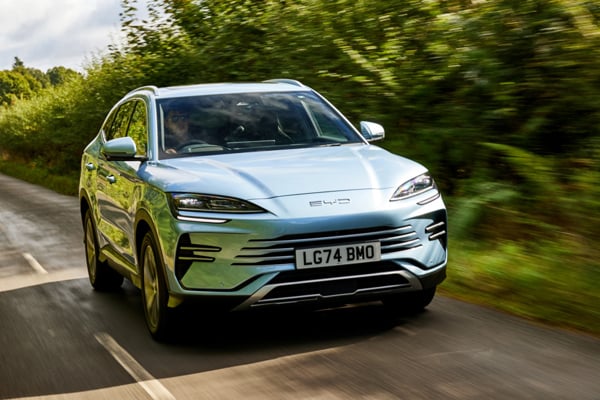
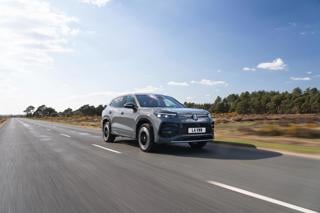
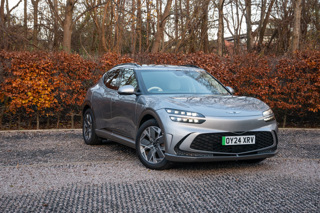
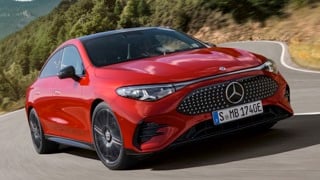
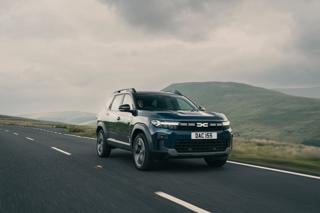
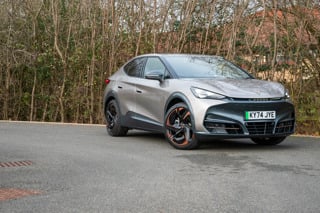



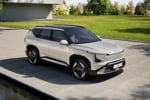
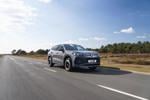






Login to comment
Comments
No comments have been made yet.